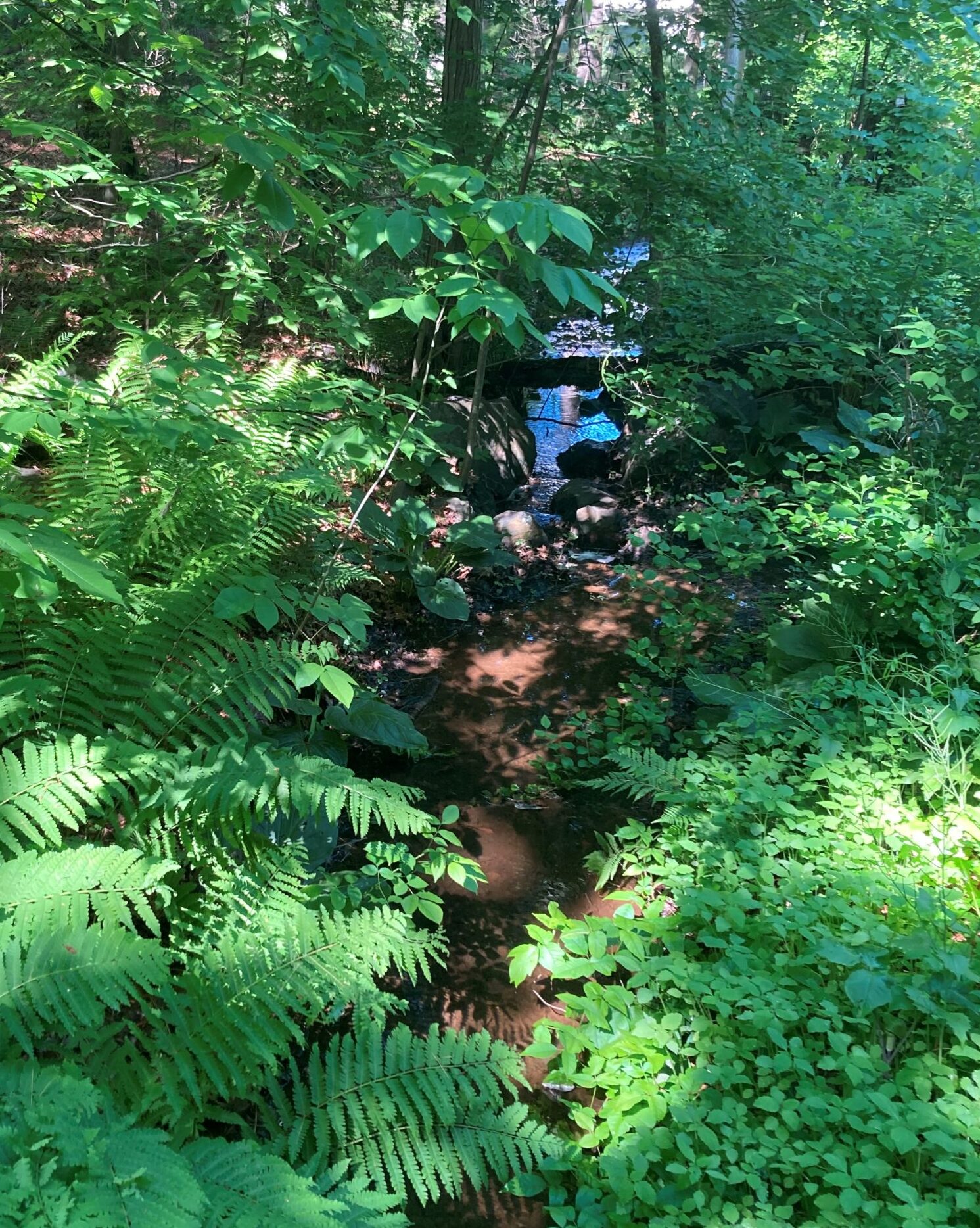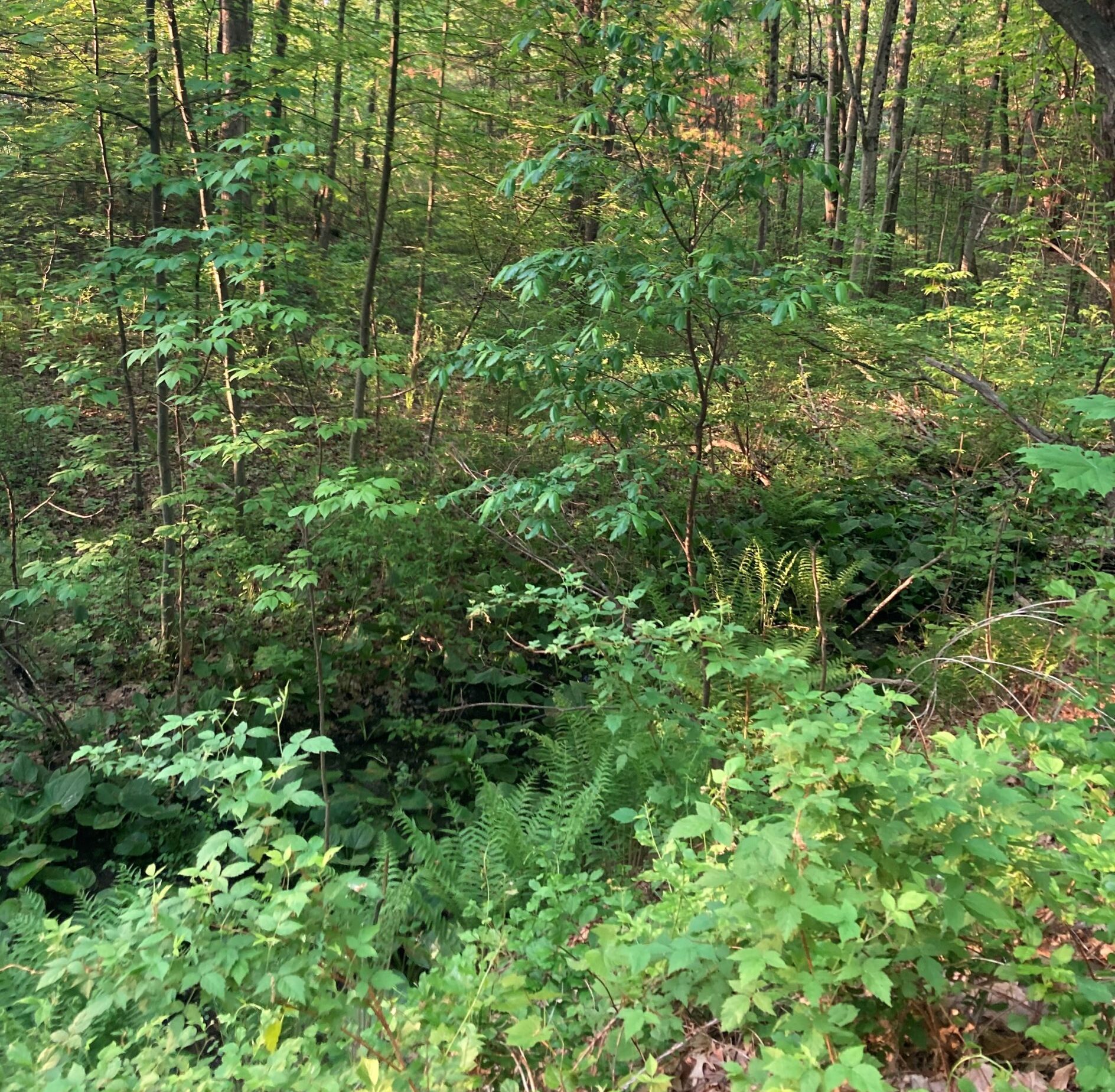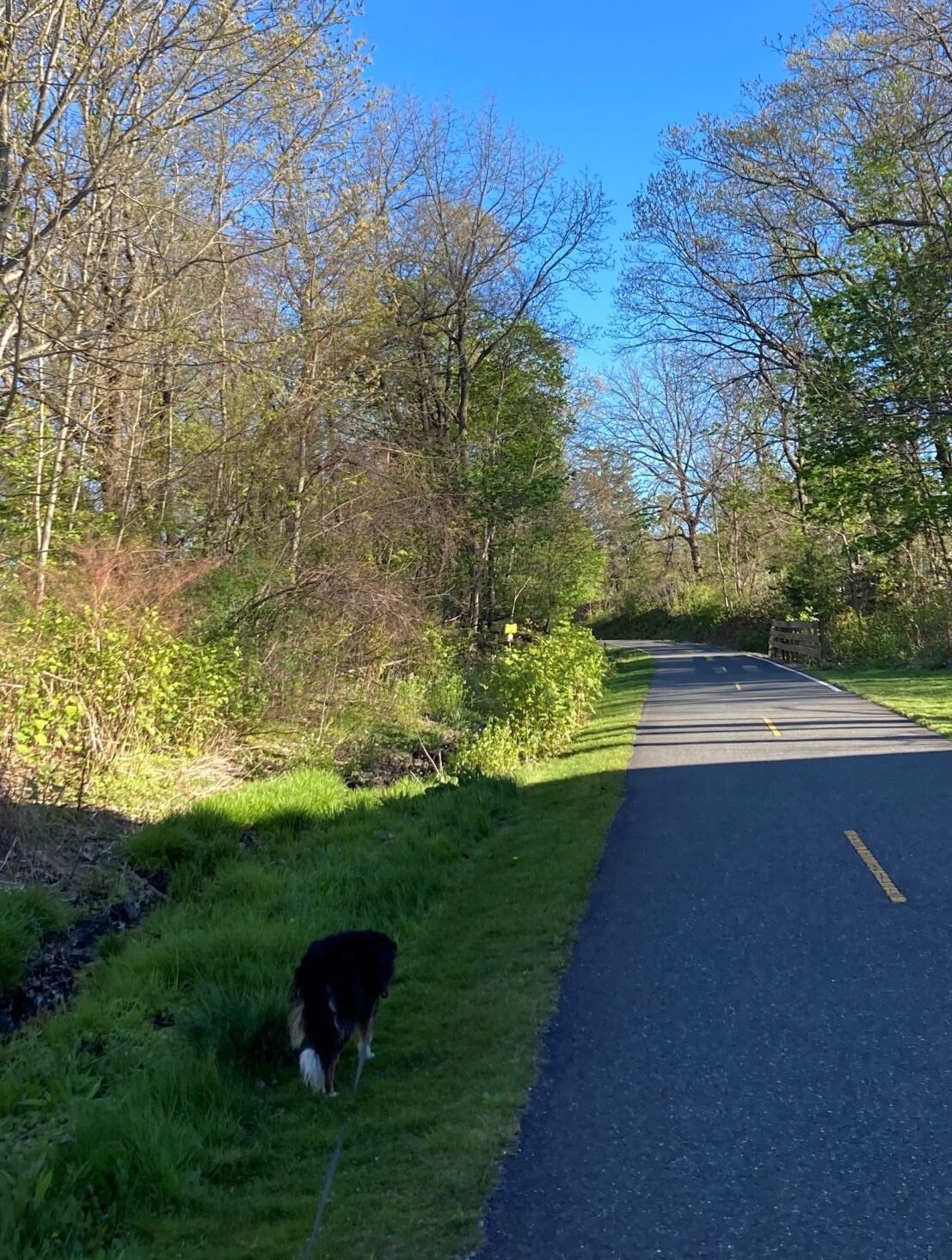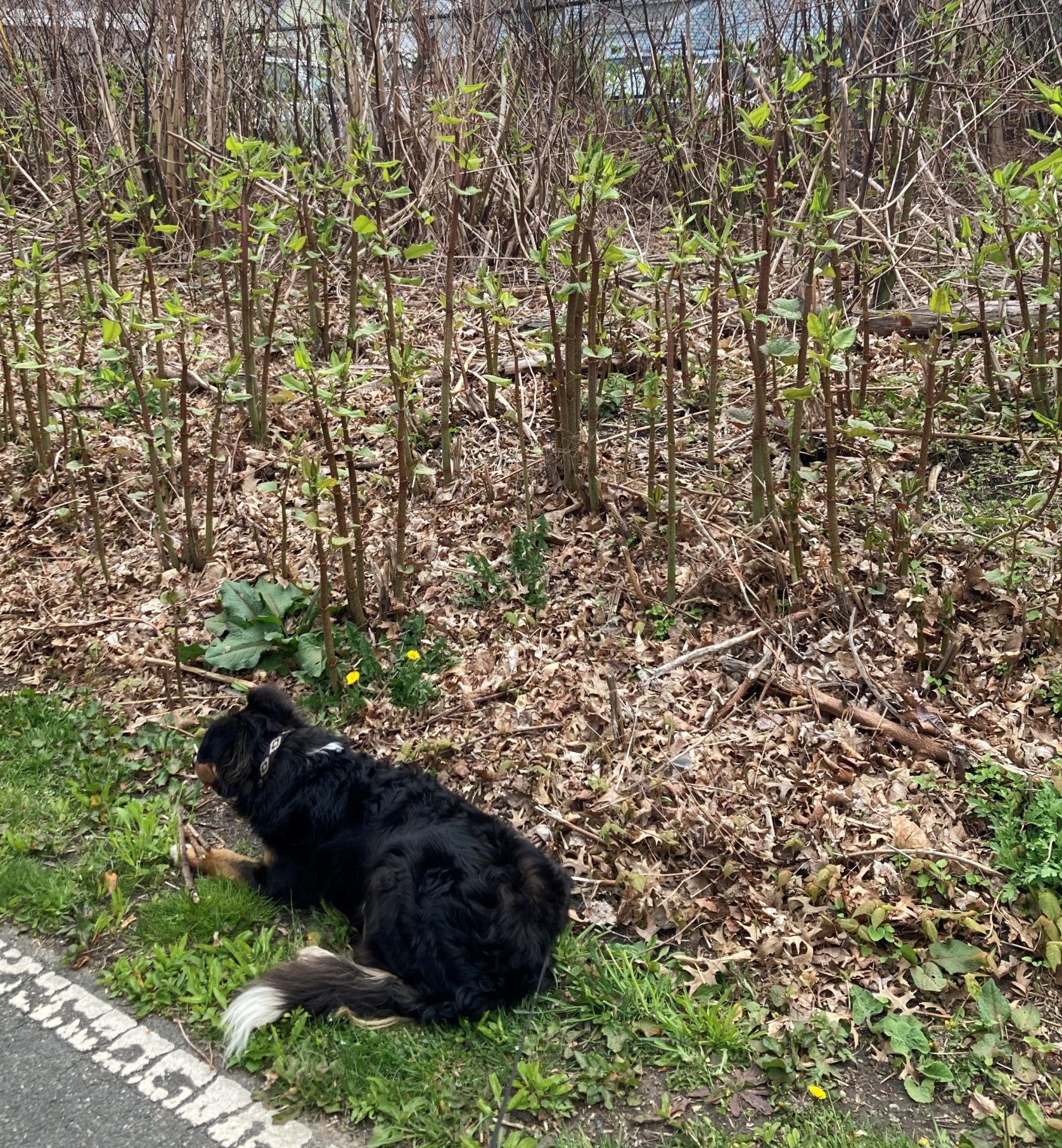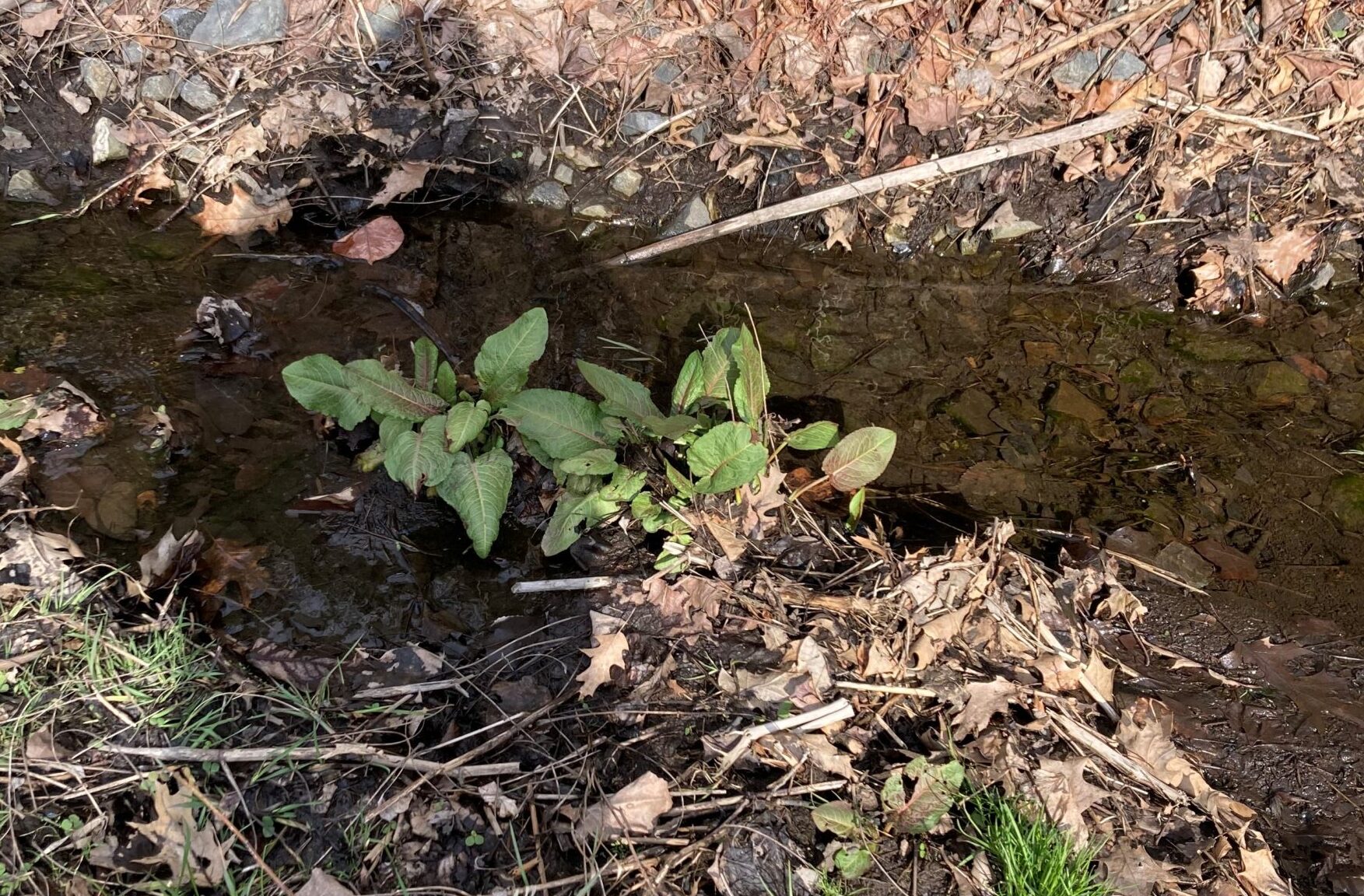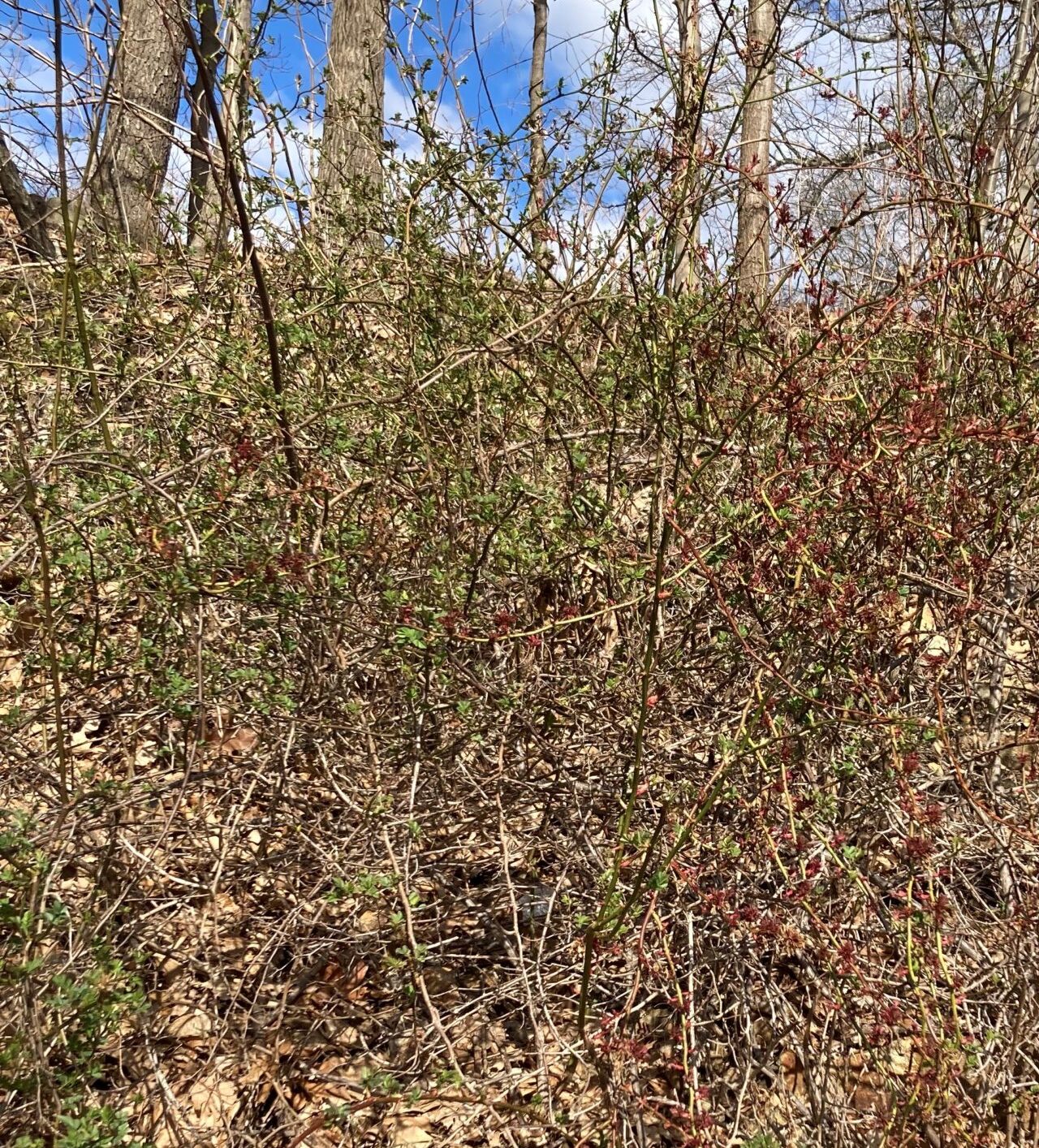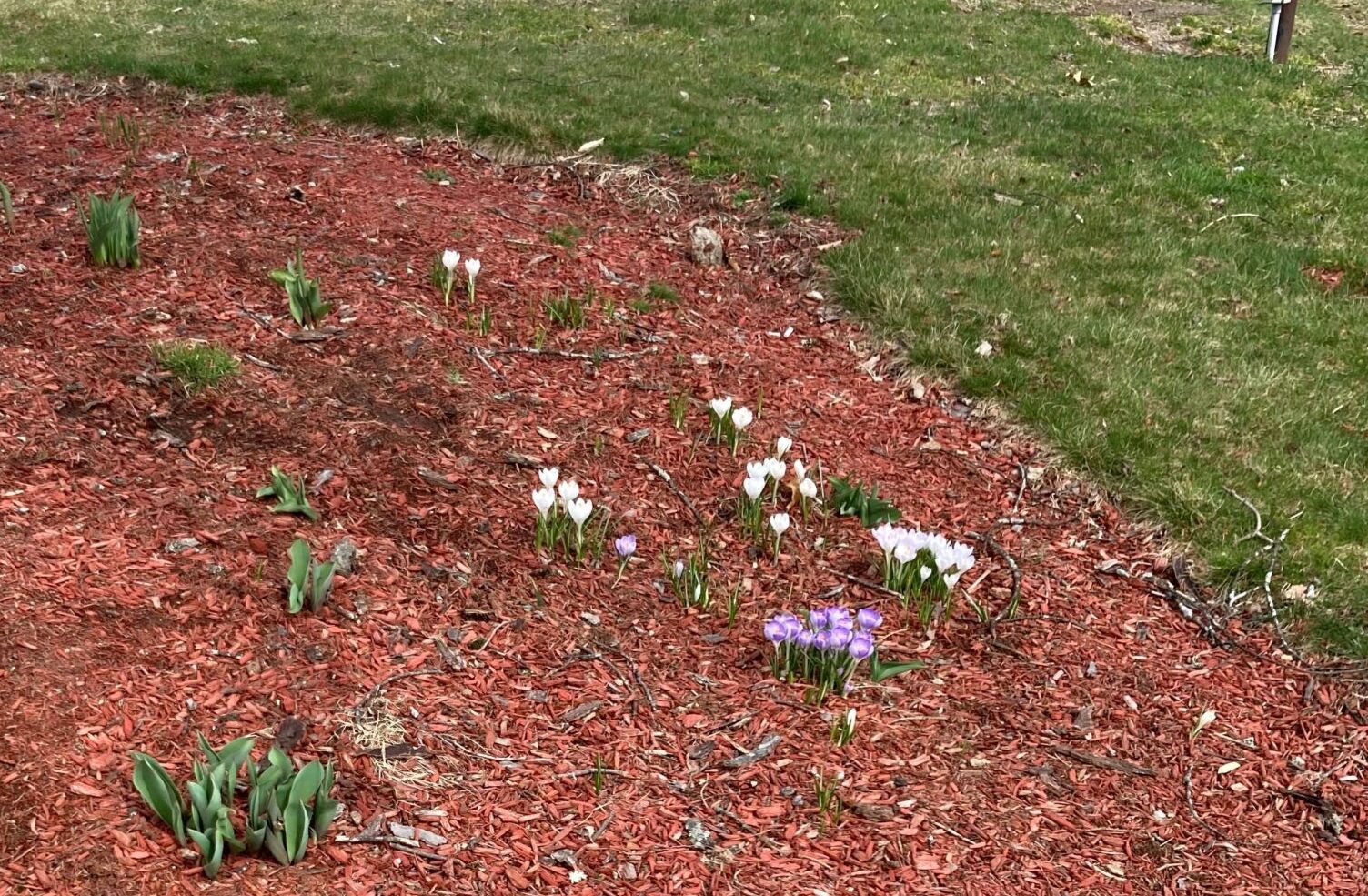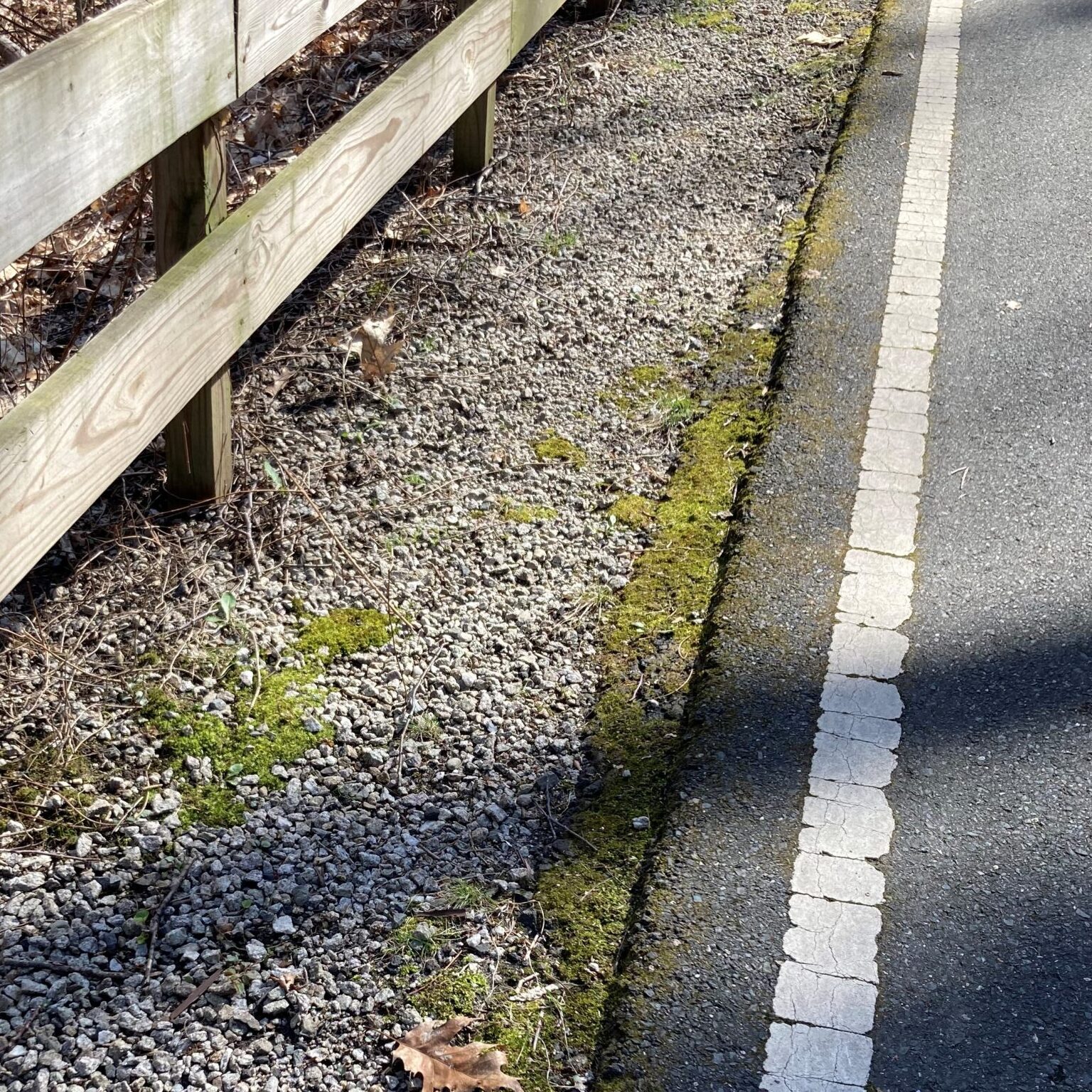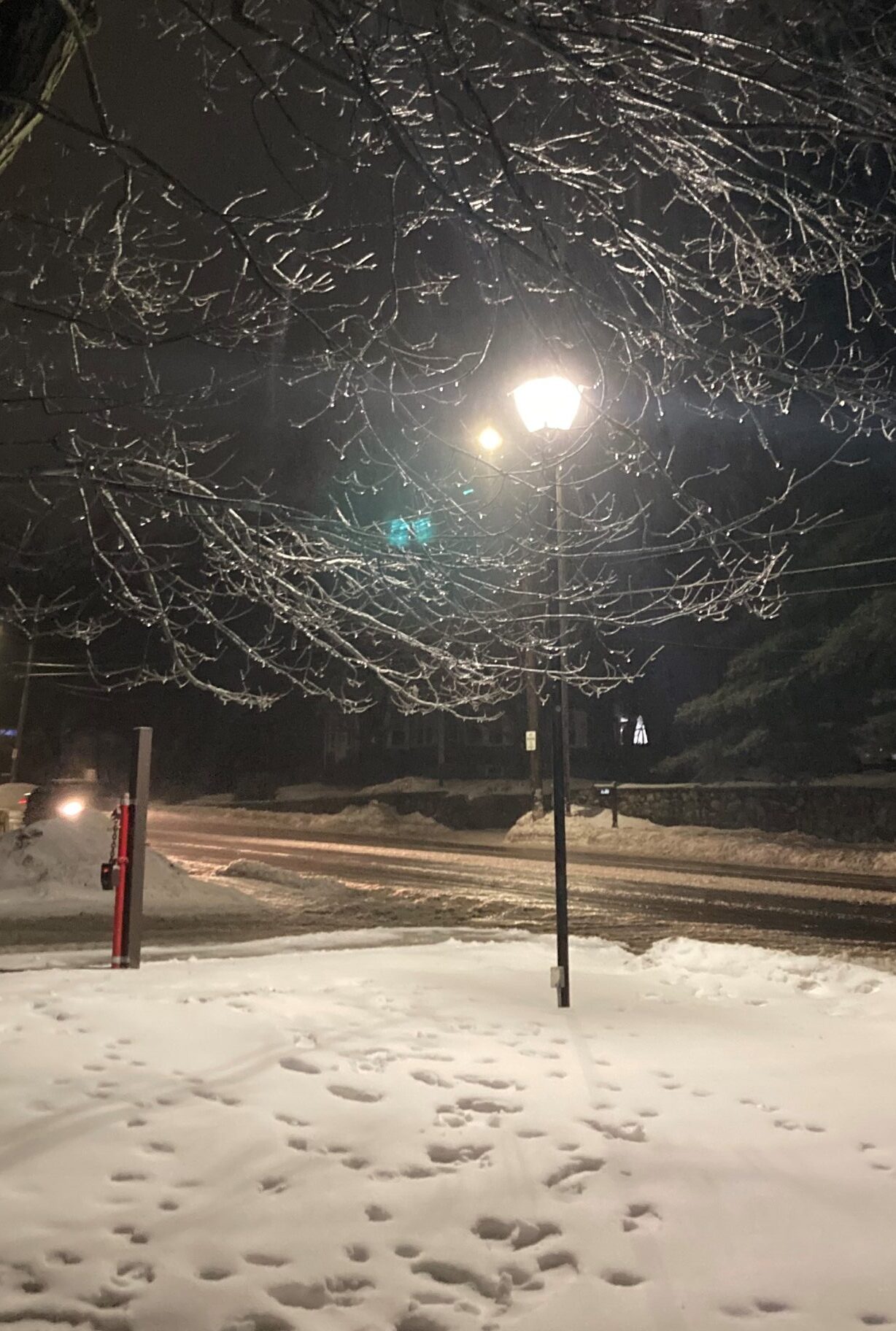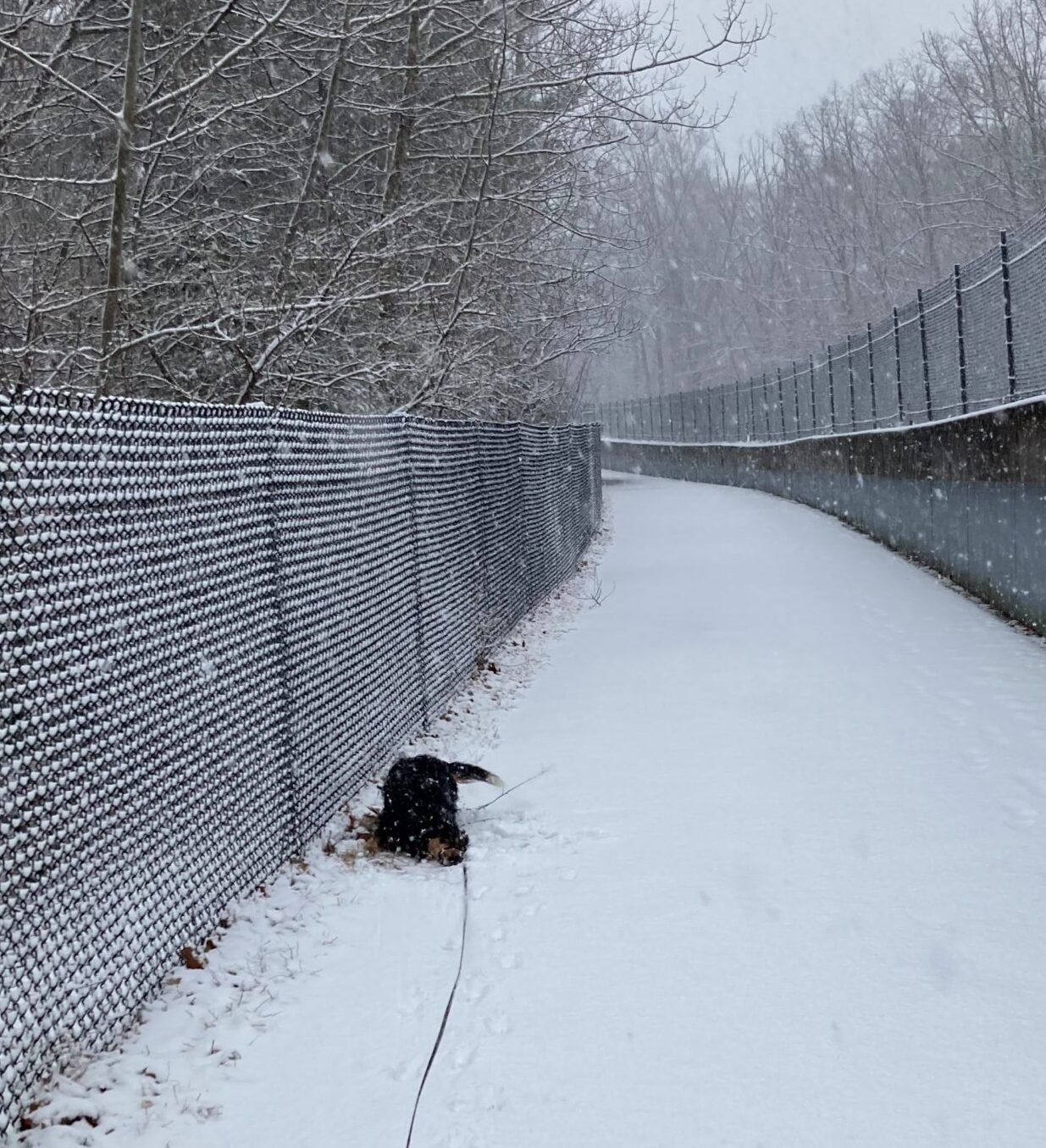When we listen, we hear someone into existence.
-Laurie Buchanan, PhD
The birds are out in force. Their voices, in various pitches, melodies, whistles and cries, fill the air as Waldo and I meander through our favorite patch of woods. At any one time, I can distinguish four or five voices, but I don’t know the species those voices belong to. Waldo makes no response to them, I’m guessing because they’re well outside his influence, but I try to mimic their speech – sometimes more successfully than others. I haven’t heard the Emmy bird yet, they show up a little later in the year, but there are birds whose whistles I can imitate. Sometimes I get a response, I think, when I whistle in as similar a tone as I can to what I hear. I’m not sure, because it may be that birds are just having a conversation among themselves. It’s hard to know.
I do speak domesticated cat pretty well and without much of an accent. Many a time, I’ll be walking down the street (don’t see many cats on the rail-trail), see a cat (I have to be sans Waldo) who will start to move away from me and I’ll meow at it. A friendly rising pitch usually does the trick, and the cat will stop and look at me. It meows back and a continued give and take often results in the cat approaching and accepting a pet from me. Not always, but it’s not unusual either. Dogs, you can talk to in English. Strange cats, not so much — if you don’t speak their language, you don’t exist. Unless they already know you.
Waldo is kind of like a cat in that way. When he wants something, he’s in my face and persists until I respond appropriately (in his mind). He’s got a good heart and does it in an affectionate way, rubbing up against me, pawing at me, nibbling at my feet, that sort of thing. Then, when he doesn’t want anything, he goes off on his own and entertains himself. If he’s not absorbed in something or other, which he usually is, he’ll respond appropriately when I speak to him. Sometimes he won’t. It’s almost like he’s moody.
For example, when we’re out walking and a passerby shows interest in Waldo, and he is focused on going on his way and couldn’t be bothered, I’ll say, “Go say hello, Waldo,” and he’ll start wagging his tail and go up to the person with a submissive posture and nuzzle them, happy to receive a pet or scratch. Then there are other times when he ignores me and continues on his way as if he didn’t hear me. Sometimes, too, he’ll go over to the interested person, give them a wag or two, then bolt off in the direction he was going. It’s almost as if he feels like, “Okay. Duty done. See ya!” Waldo and I definitely have conversations, often nonverbal.
Usually, in my subconscious, I think of nature as being external to me. It’s something to be controlled or conquered. That’s just silly, because we are all just an expression of nature ourselves. But what if, instead, I think of myself as being a small part of nature and when I interact with her, what I am really doing is having a conversation? I’m not doing something to nature, I’m saying something to her. What if I change the way I think about what nature does in response, not as a reaction, but as an answer to what I just said. I’m just a small piece of nature vibrating in harmony (or disharmony) with her.
For example, when I spew carbon emission from my car into the atmosphere, it’s a kind of statement. Mother Nature responds by raising the average global temperature, increasing the frequency and severity of storms, changing the PH of the oceans and killing off coral, and so many other things tied to global warming. It’s as if she’s saying, “Uh, no. Don’t do that, at least not in that quantity.” When I do something as seemingly innocuous as whistling at the birds, she responds by them whistling back as if nature is saying, “I hear you!” When I plant a tree, she responds by decreasing the CO₂ in the atmosphere, providing shade and a home for birds and squirrels.
Thought of in these terms, why in the world would anyone want to get into an argument with Mother Nature? Instead of being in competition with her, wouldn’t it be better to be in harmony?
Like any other conversation, sometimes the best part is keeping quiet and just listening. I look around me and see the seething green of the burgeoning new-growth leaves, the exploding reds and yellows of the just-bloomed flowers — all of spring-life waking up. I listen to the birds, yes, but also to the wind in the leaves and the buzzing of insects. I smell the varied and subtle odors in the air and feel the wind play with my hair. I listen to nature’s meter, rhythm, and the flow of her syntax. I just listen. She’s talking to me in poetry.
I look at Waldo. He’s trotting down the path and turns to give me a glance as if to say, “You coming, or what?”
We are in a harmony of our own.



